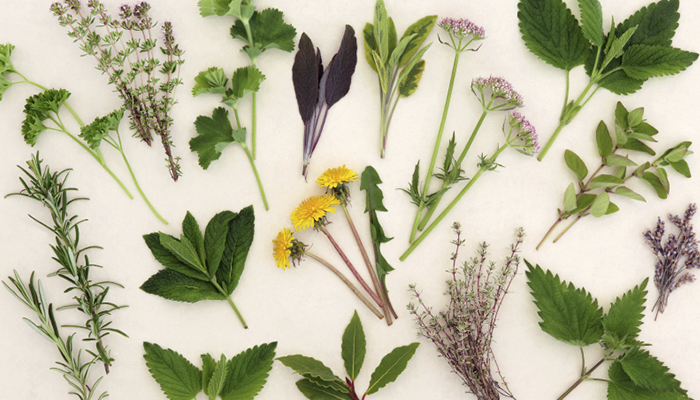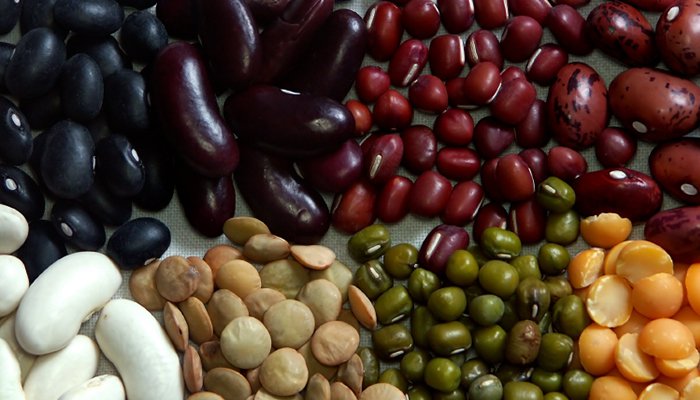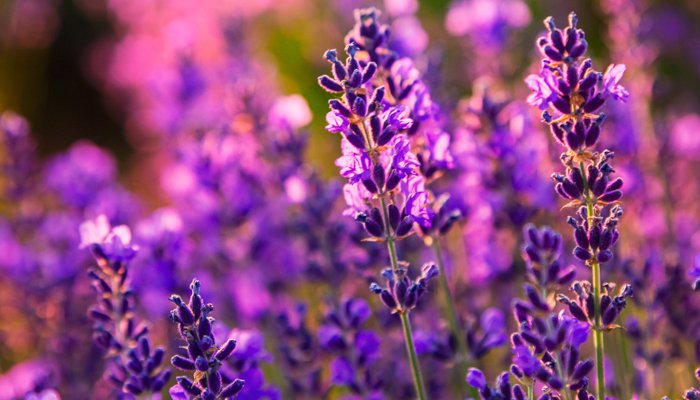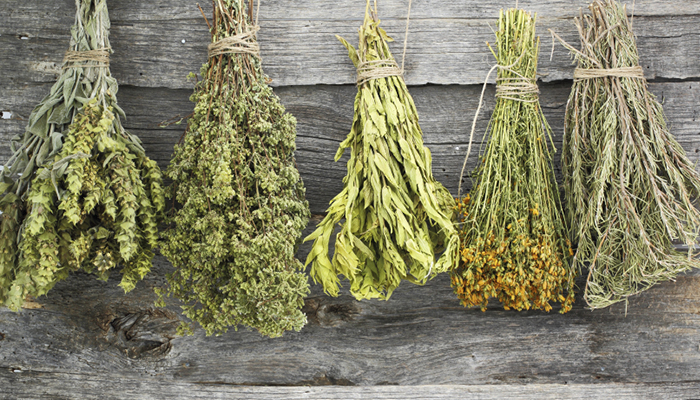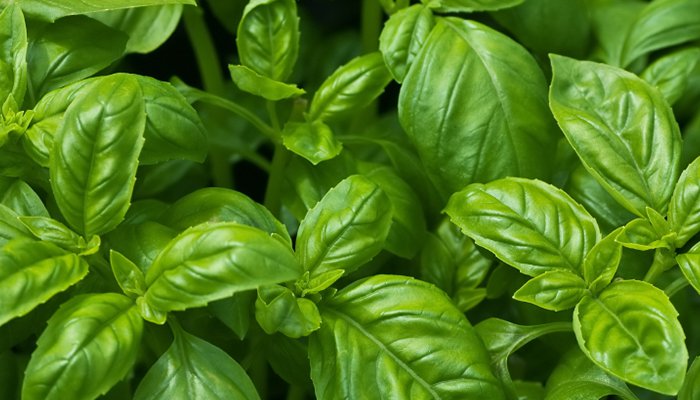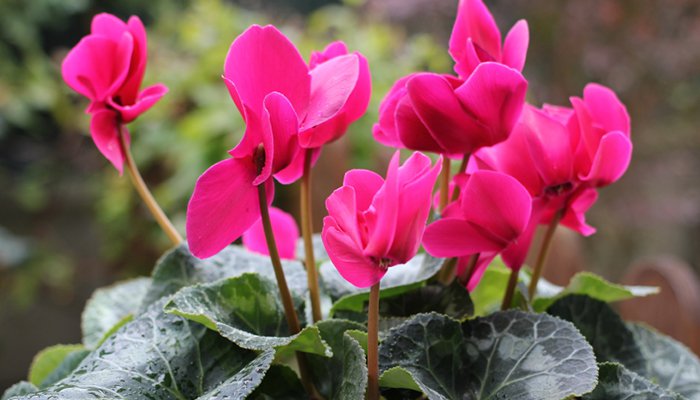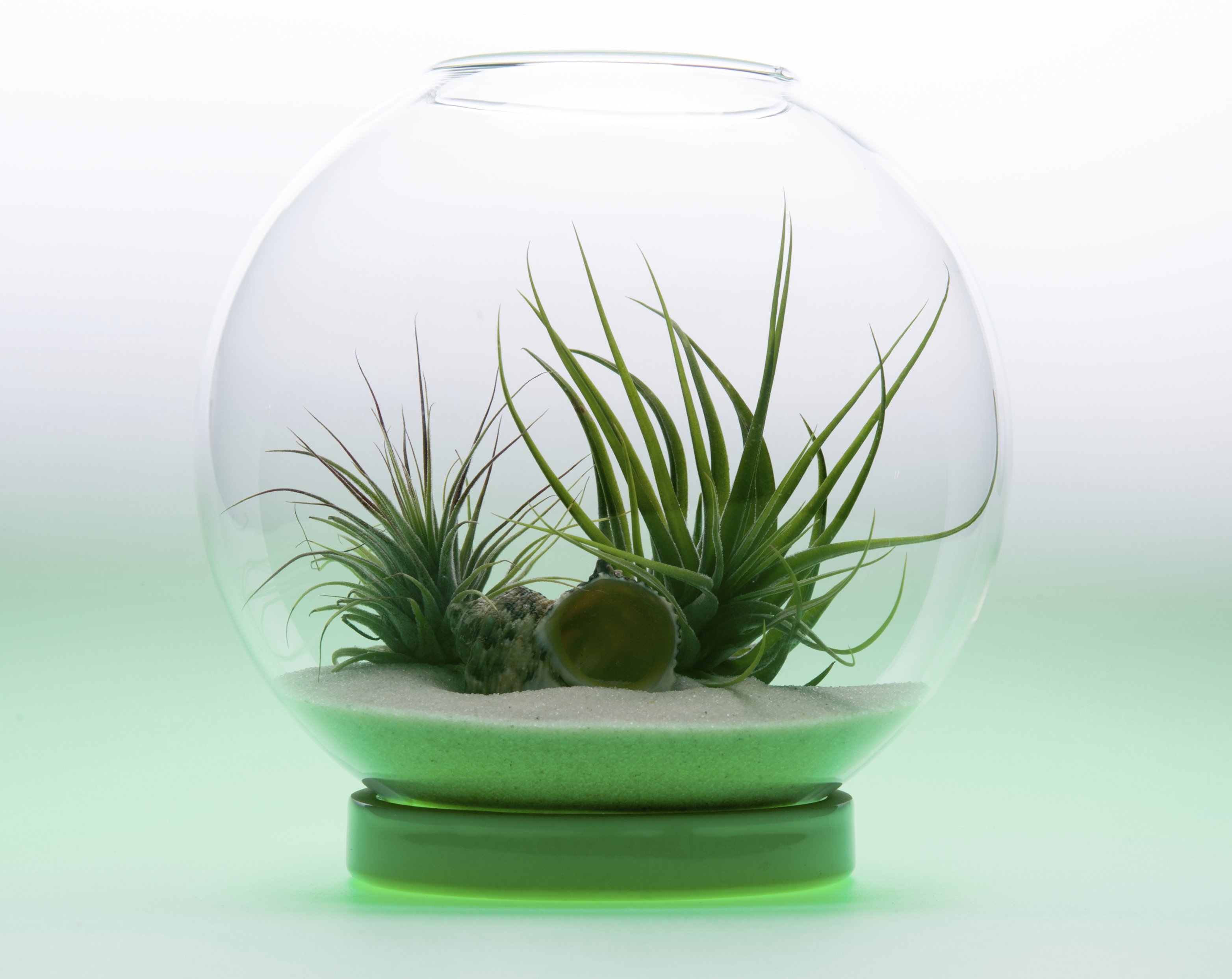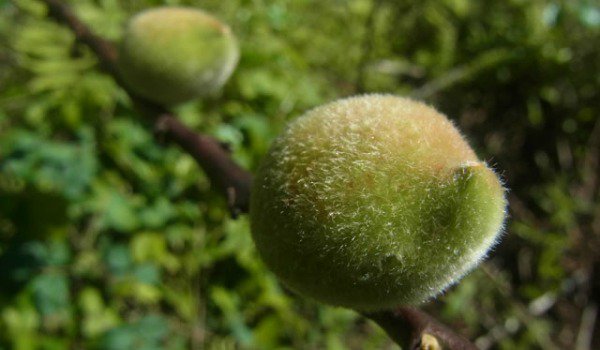Tons of people prefer the convenience of modern medicine when it comes to their everyday health. Although many have proven to be safe over time, there are certain medications that have yet to prove their safety in regards to long-term health. That’s why some people prefer to try medicinal herbs. However, some herbs can be expensive to buy. For this reason, many people choose to grow medicinal plants and herbs on their own, and successfully achieve a cheaper way to stay well and treat ailments.
If you’re considering growing some on your own, here’s a list of the top ones we think you should try!
Aloe Vera
Whenever you head to the beach and stay out in the sun too long, you’re likely to come home with some sunburn, which isn’t very pleasant. To remedy that, you’ll head to the store to purchase that cold, green jelly goo, otherwise known as aloe vera. Many people don’t know that aloe vera comes from a plant that is easily grown in ones home. Aloe is actually one of the easiest plants to care for, and is extremely low maintenance. Aloe vera plants thrive in a humid, moderate climate, and only need to be watered once every few days. For that reason, if you have a bathroom that gets a little sunlight, we recommend putting the plant there, as it’ll get plenty of humidity, warmth and all the light it needs. Also, it’s good to use aloe if you burn your hand on the stove — simply break off a piece of the tip of the plant, and rub the goo on your burn for instant relief.
Basil
It’s not just a tasty treat for those stellar pasta dishes you make, basil is also a great way to treat gastrointestinal issues like gas, appetite loss, and nausea. It has an antioxidant, antiseptic, anti-inflammatory and anti-bacterial property that gets the job done, and is also high in several vitamins that we need, and omega-3 fatty acids. Simply grow the seed in a warm, sunny place and provide water on a regular basis to retain moisture after the soil is warm. Be sure to protect from cold weather, as a dramatic drop in temperature will likely kill it.
Rosemary
Rosemary’s antioxidant and anti-inflammatory compounds, phytonutrients, essential fatty acids, iron, calcium and B6 make it a great herb for the treatment of headaches, colds, indigestion, and even depression. It grows best in well drained areas, like gravel or sand, and needs more sunshine than it does water. In fact, too much water will kill it quickly. Bonus? Rosemary smells amazing!
Oregano
Another herb that you’re probably more used to cooking with than using for medicinal purposes is oregano. This one can be grown well in a container, and needs full sun and very well drained soil. Similar to rosemary, it will not thrive in humidity or excess moisture, so be careful that you don’t overwater! If you can keep it alive, you’ll want to eat it when you have a cold, achey muscles or fever, tooth ache, head ache or chronic fatigue. Like our other herbs, oregano has the anti-inflammatory, antioxidant, anti-bacterial qualities, as well as a plethora of vitamins (A, C, E, and K) that the human body needs to thrive.
Before you reach for the Tylenol, Tums, or cold medication, see if you have some herbs growing that may treat your ailment. You’ll be treating it in a more natural, healthy way, that we know will be great for long term health.
What are some of your favorite medicinal plants and herbs?


